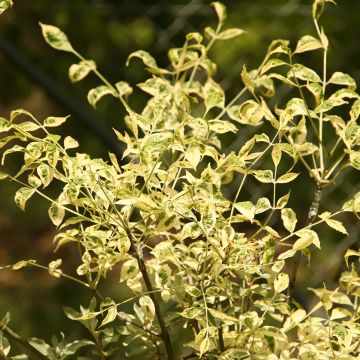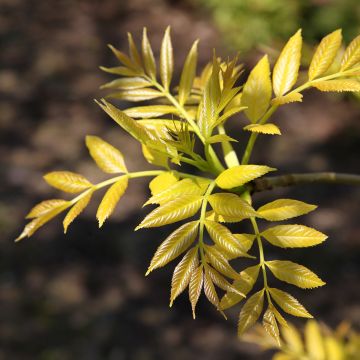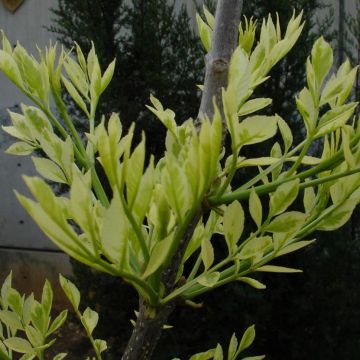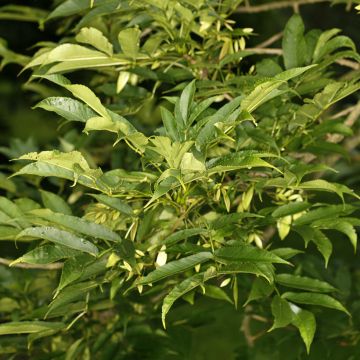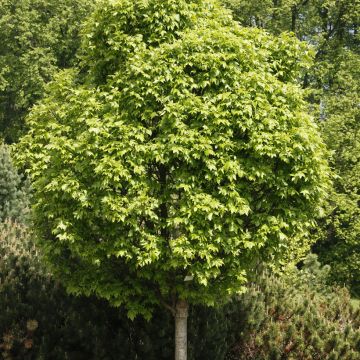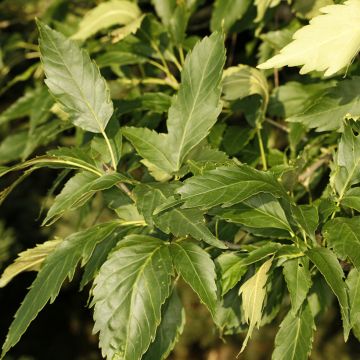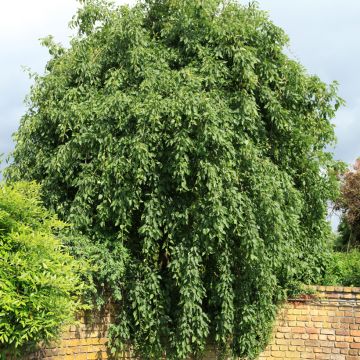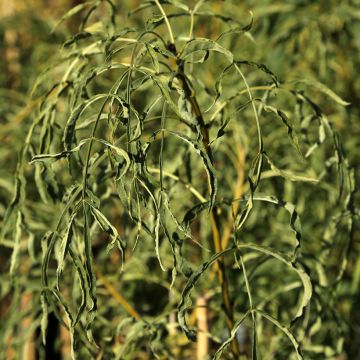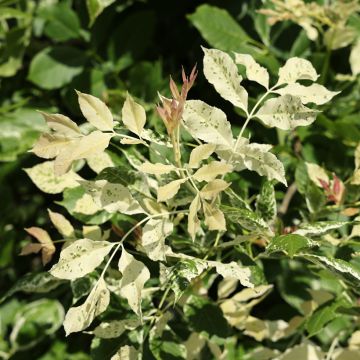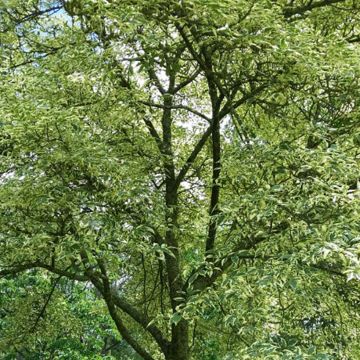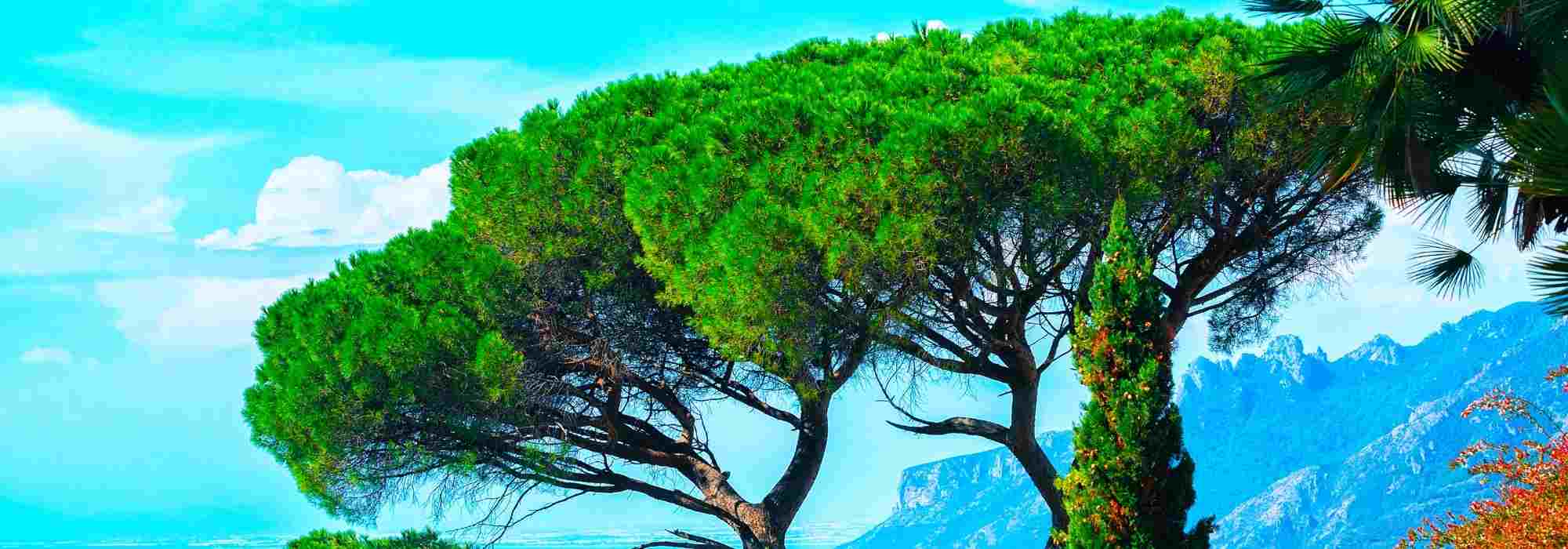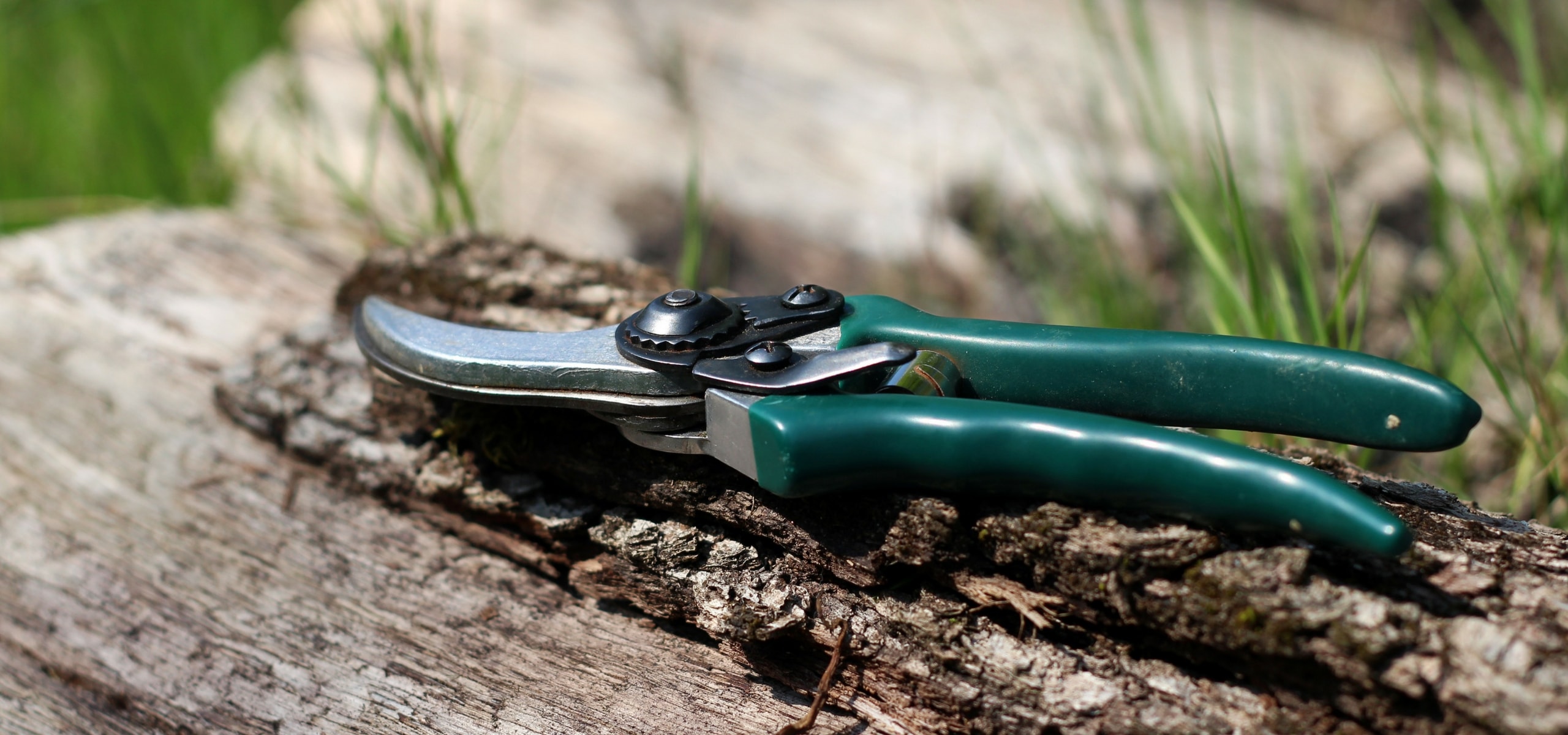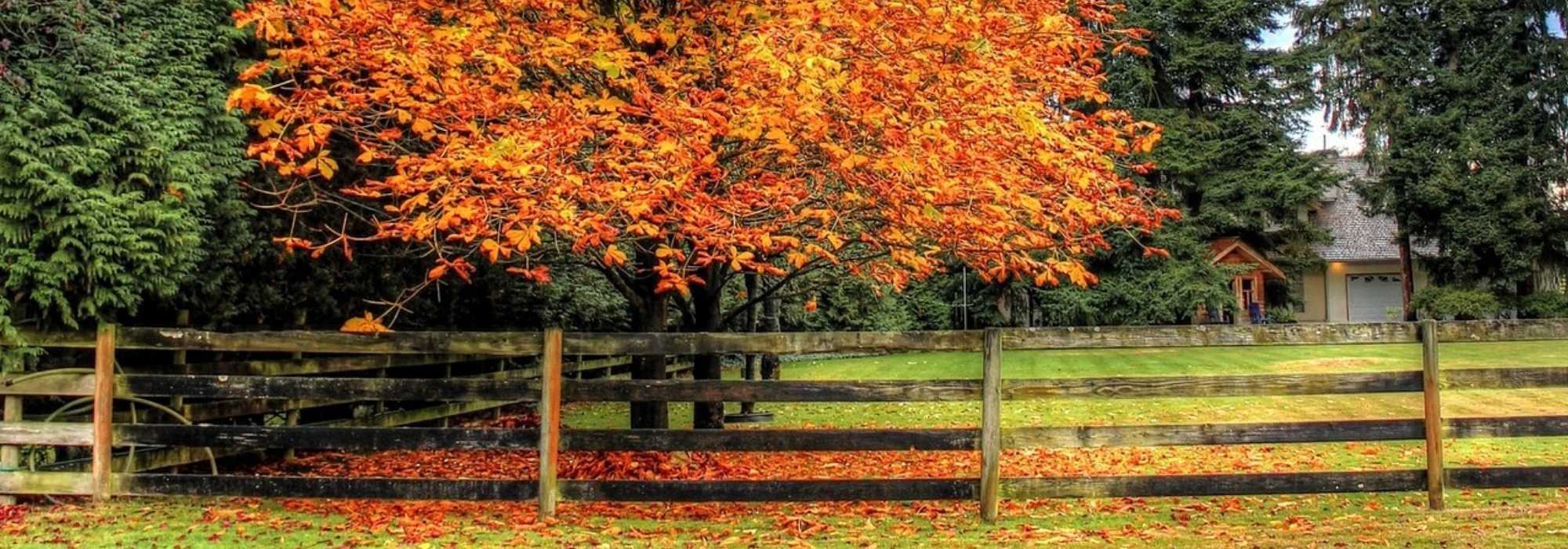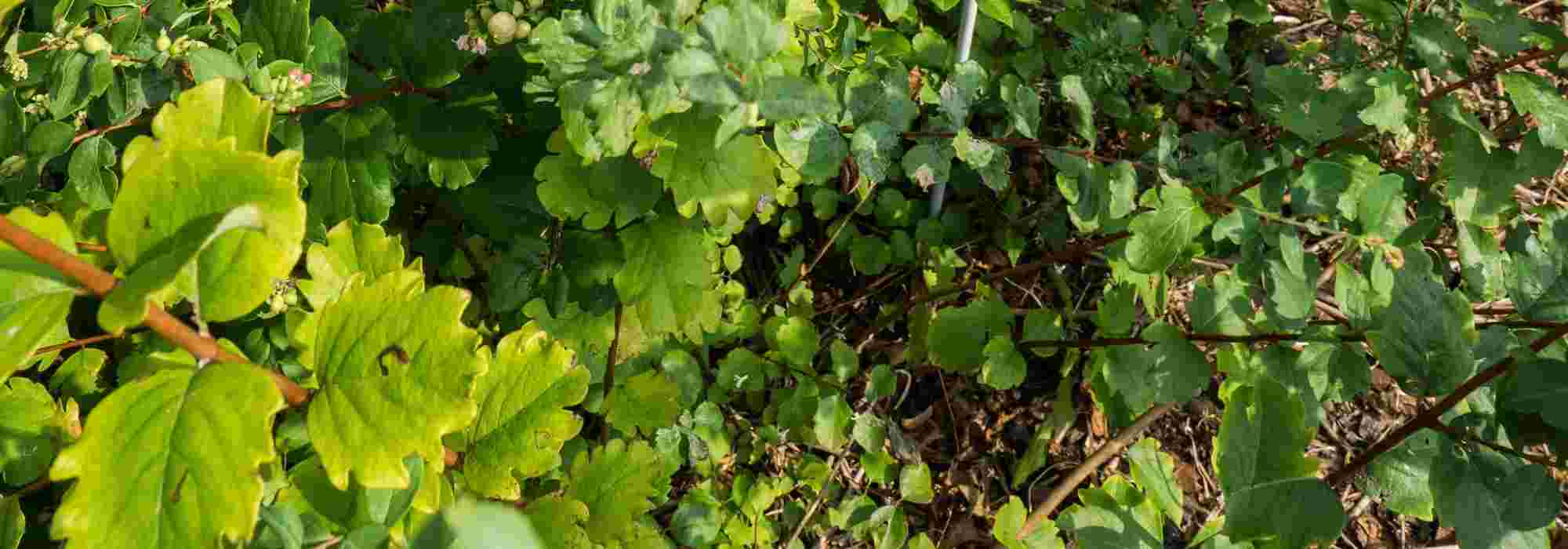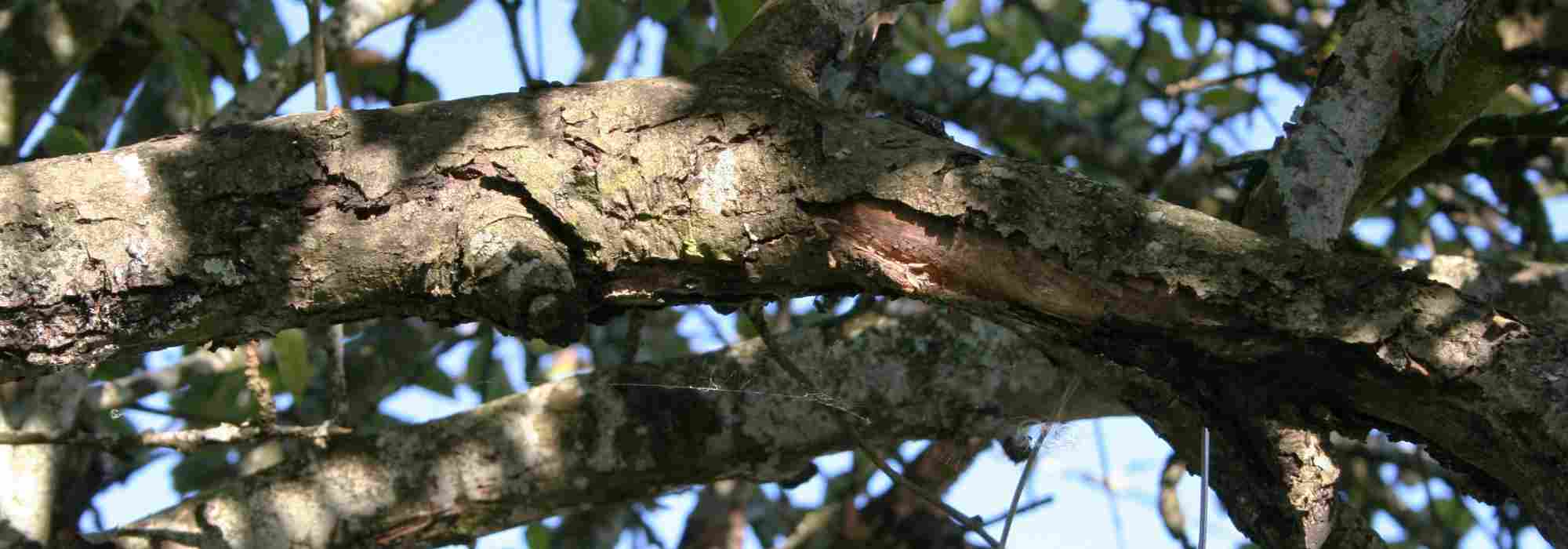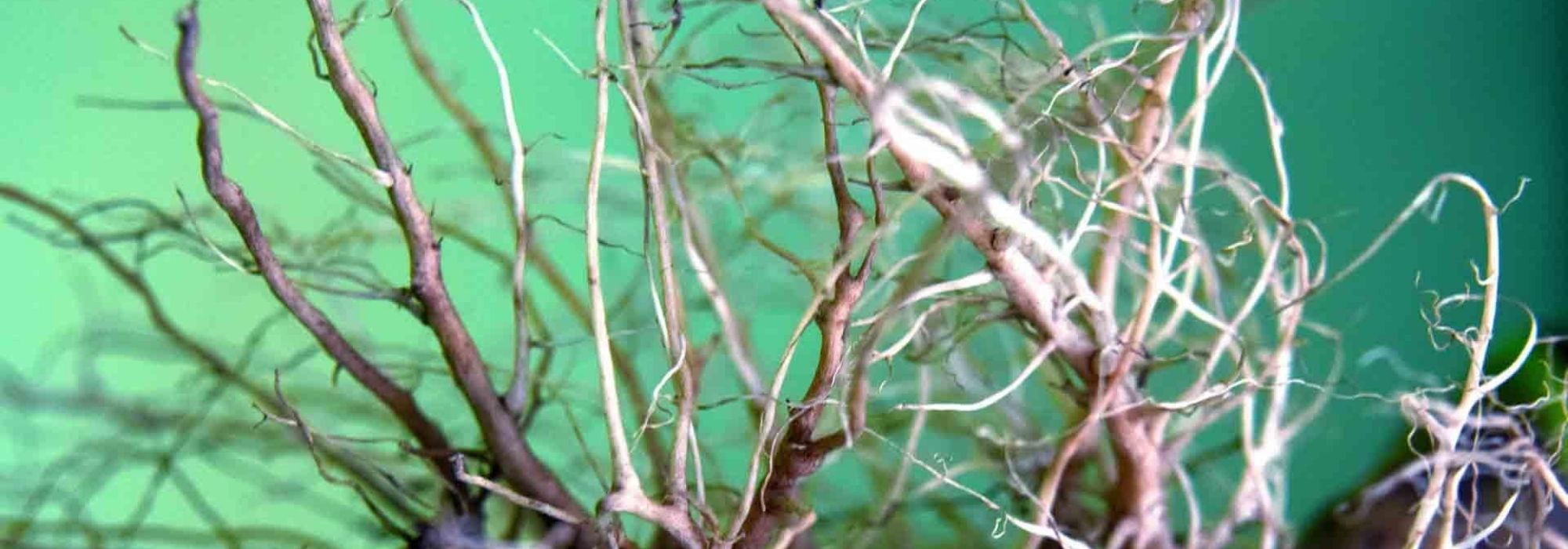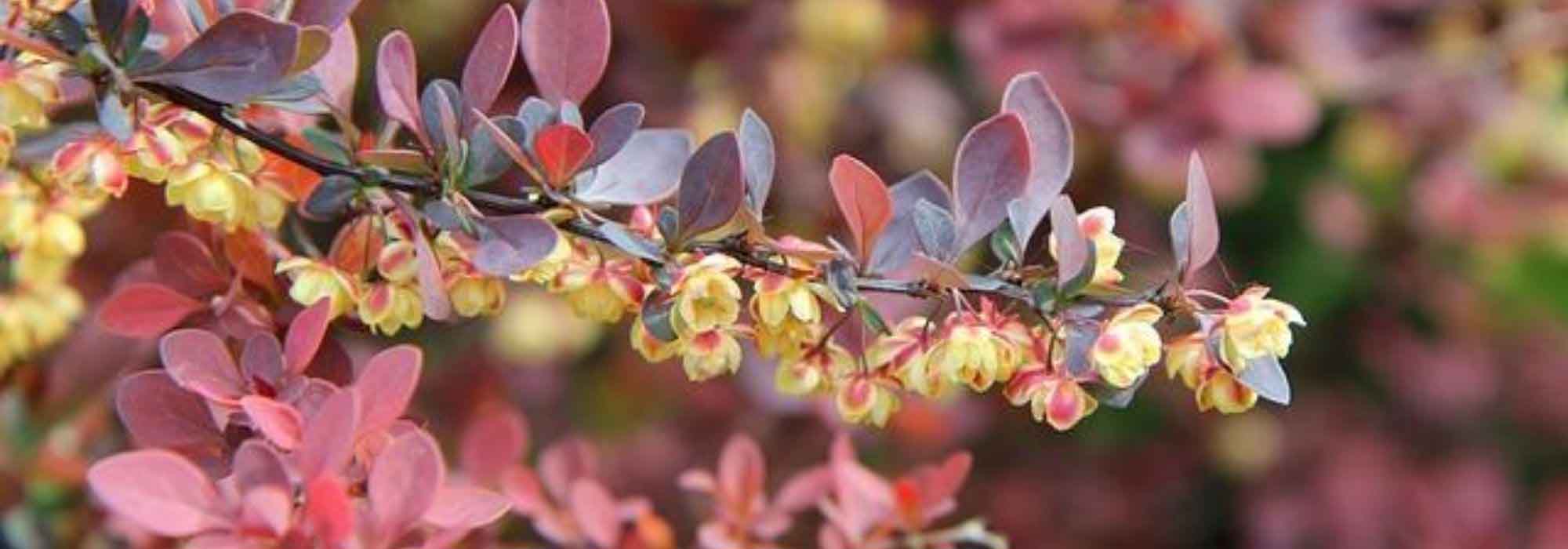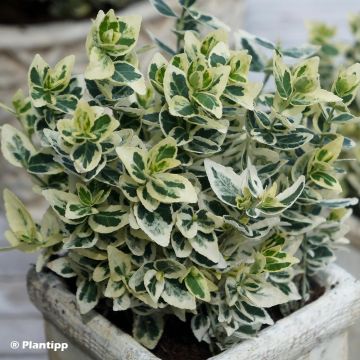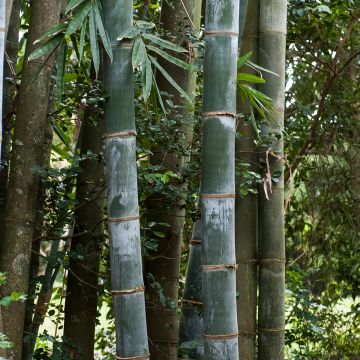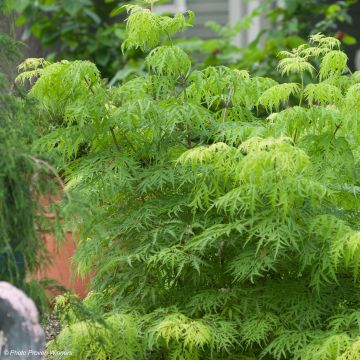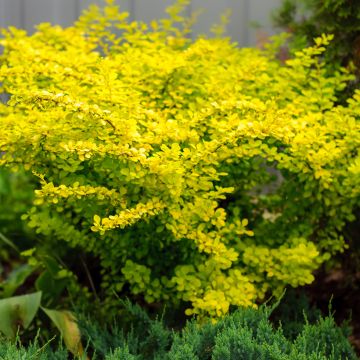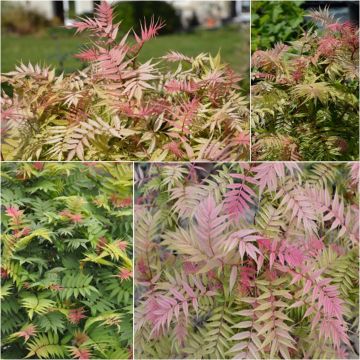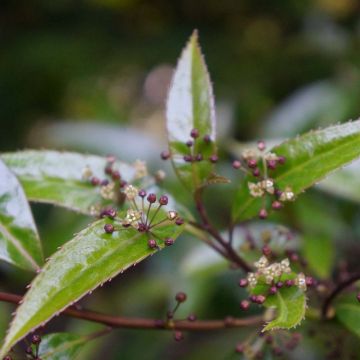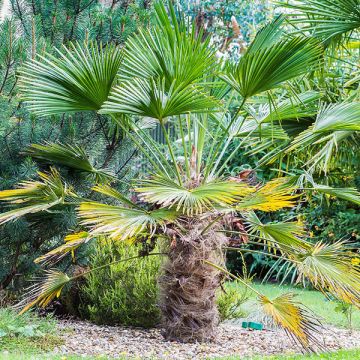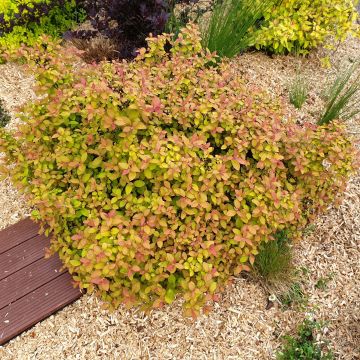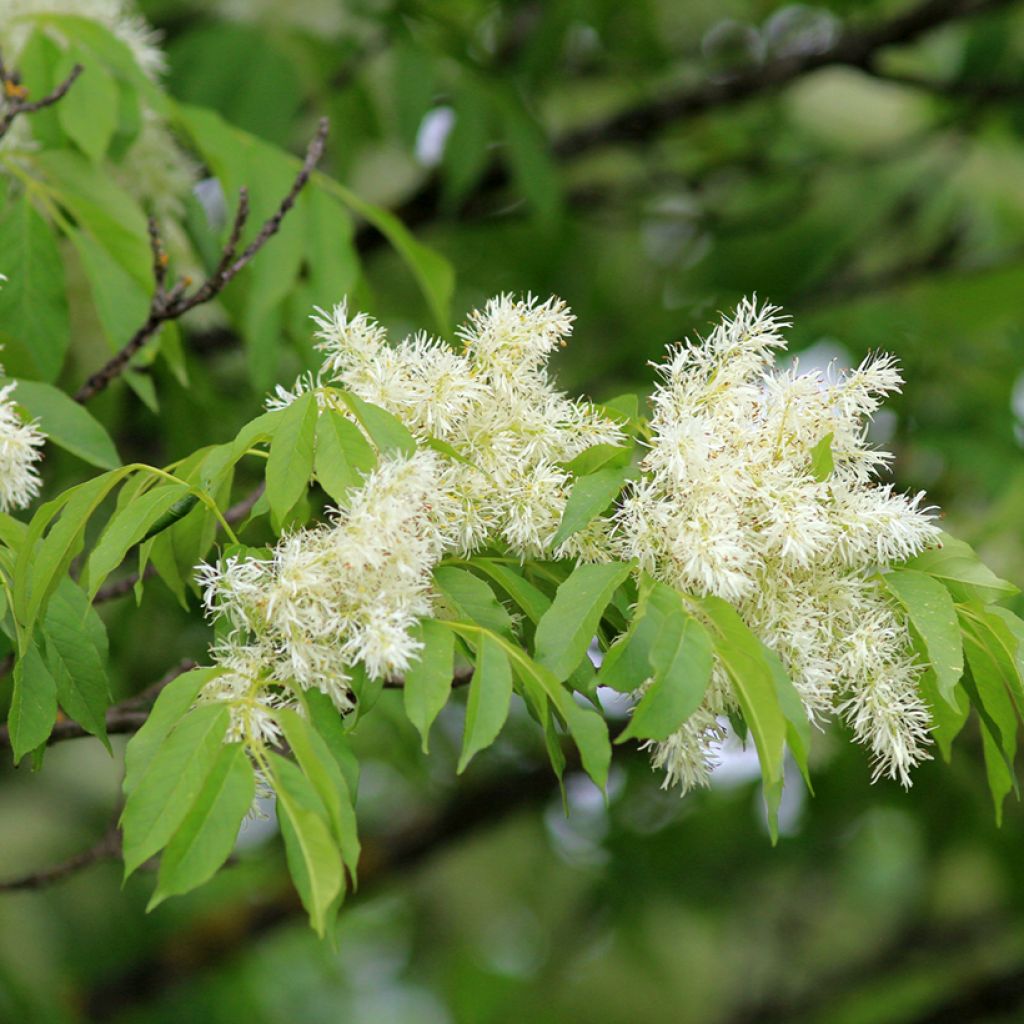

Manna ash seeds - Fraxinus ornus
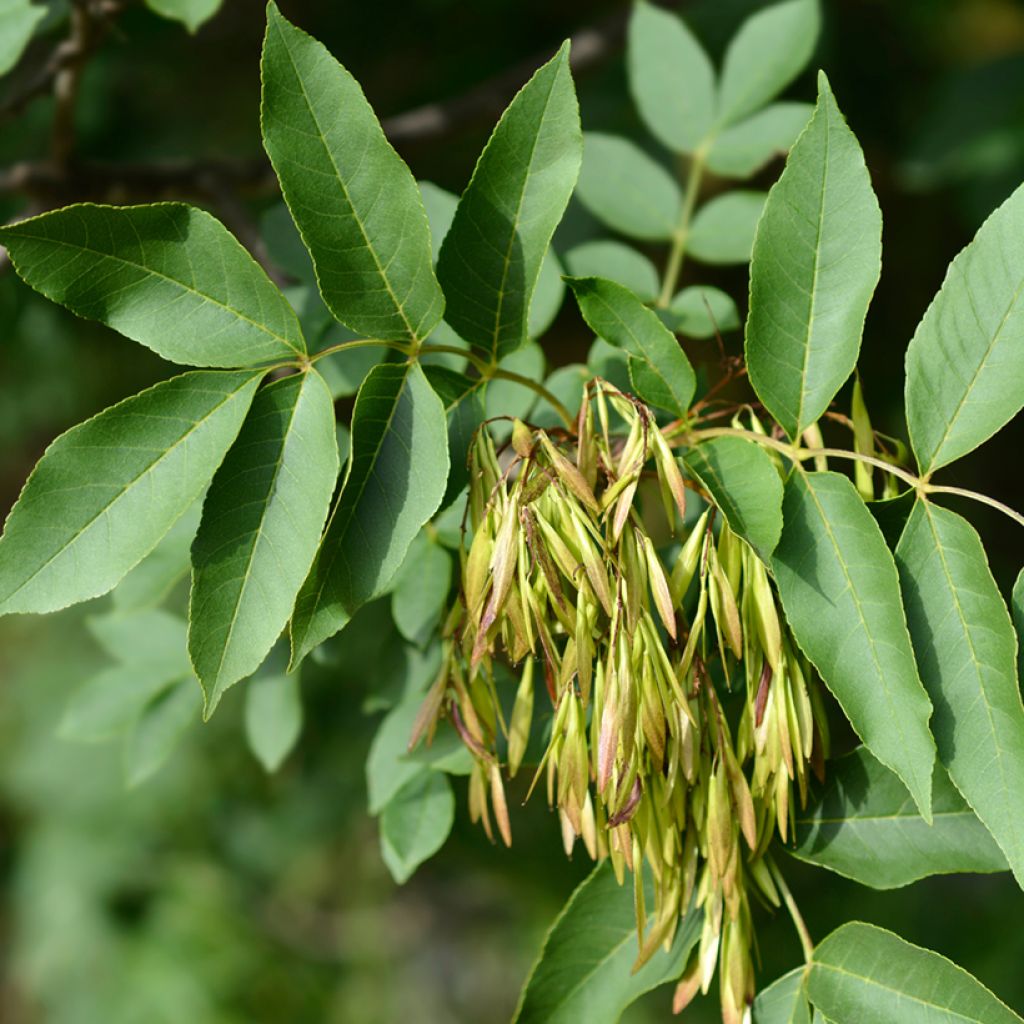

Manna ash seeds - Fraxinus ornus
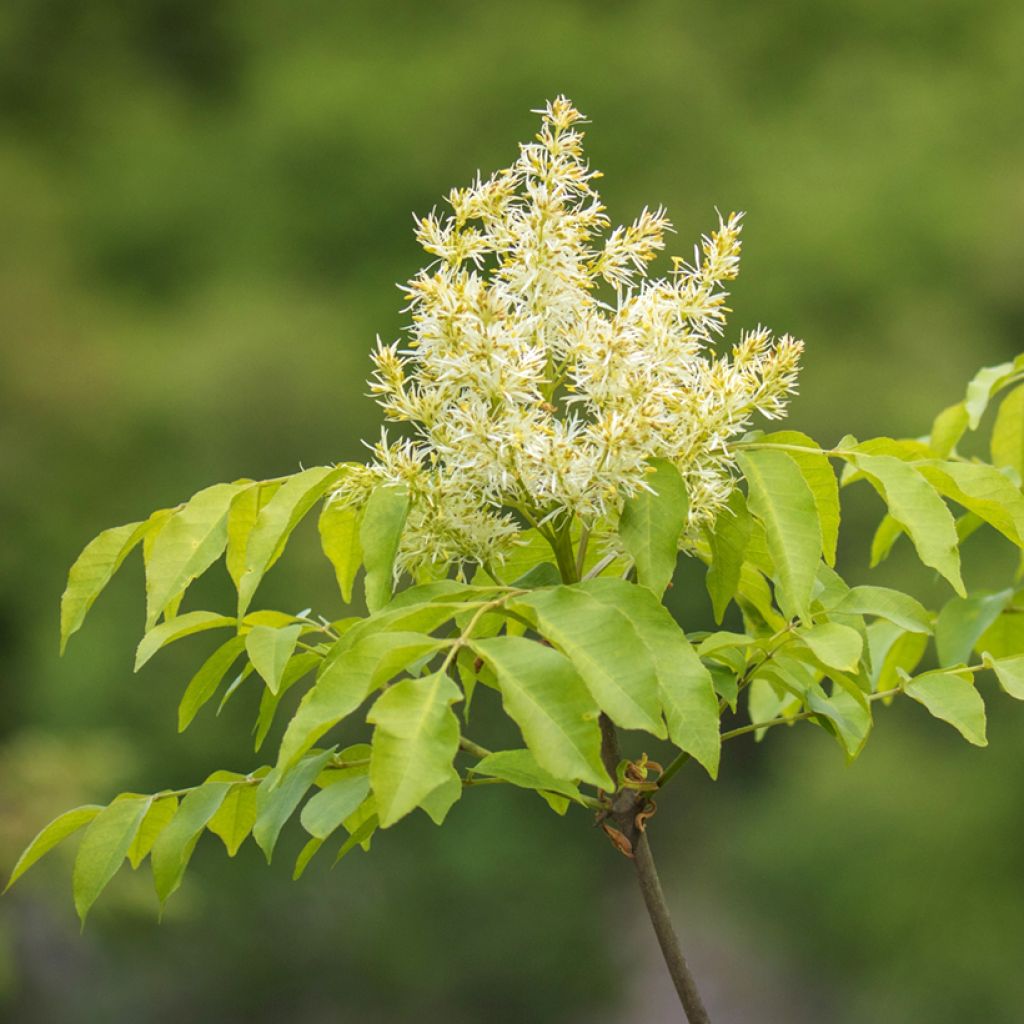

Manna ash seeds - Fraxinus ornus
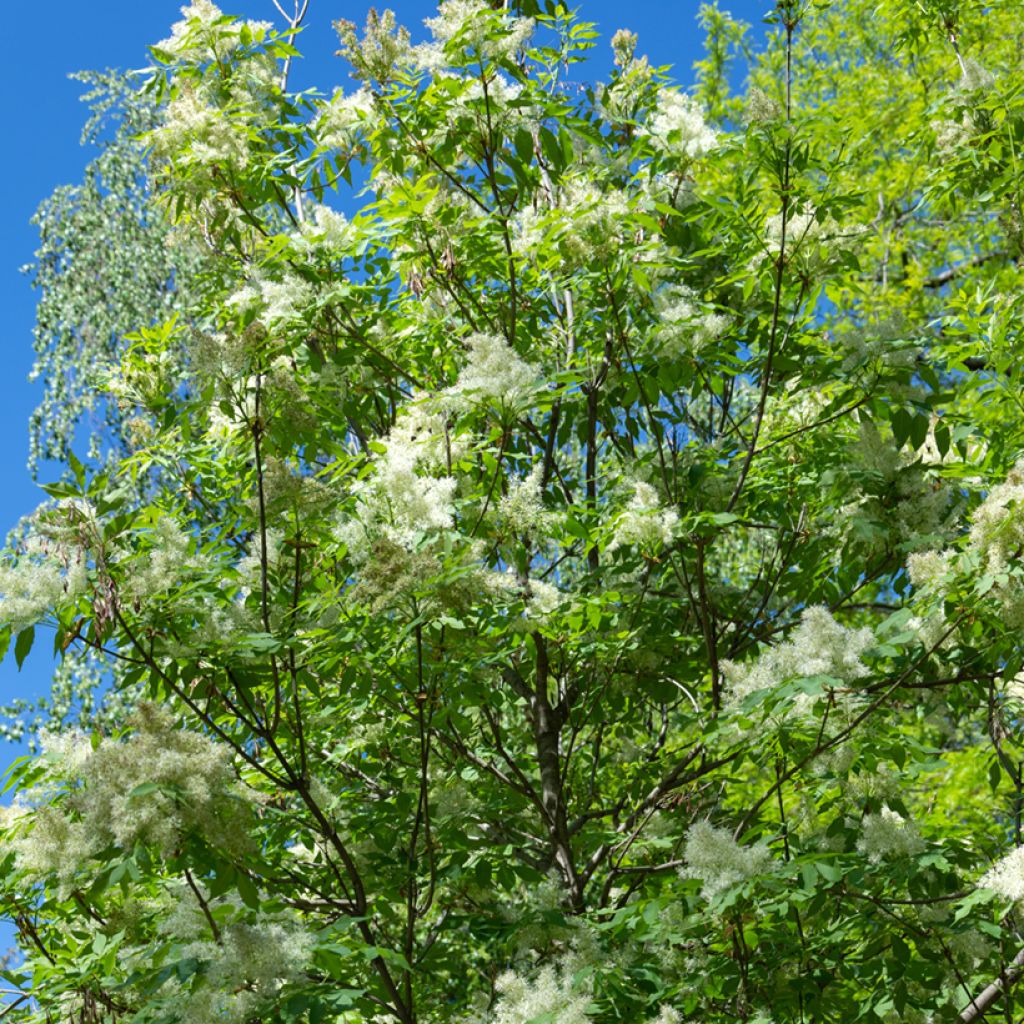

Manna ash seeds - Fraxinus ornus
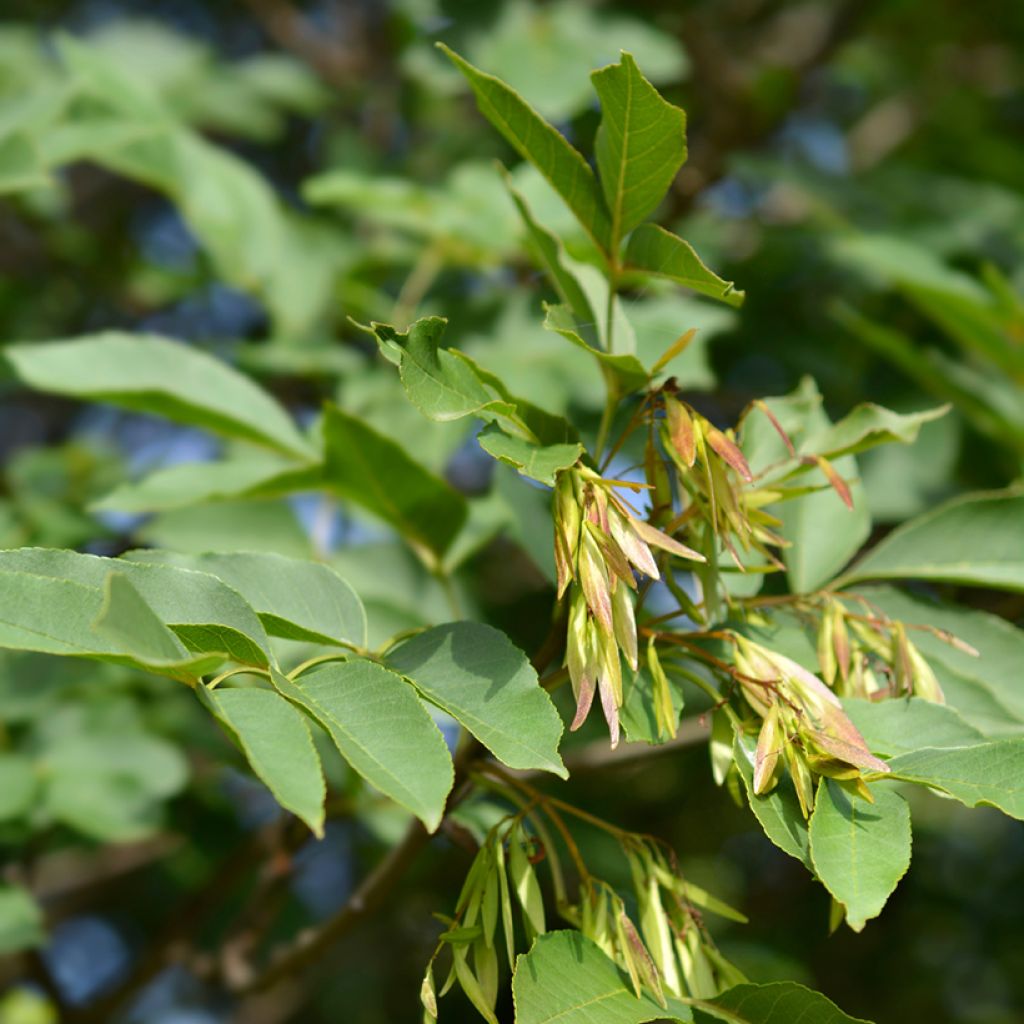

Manna ash seeds - Fraxinus ornus
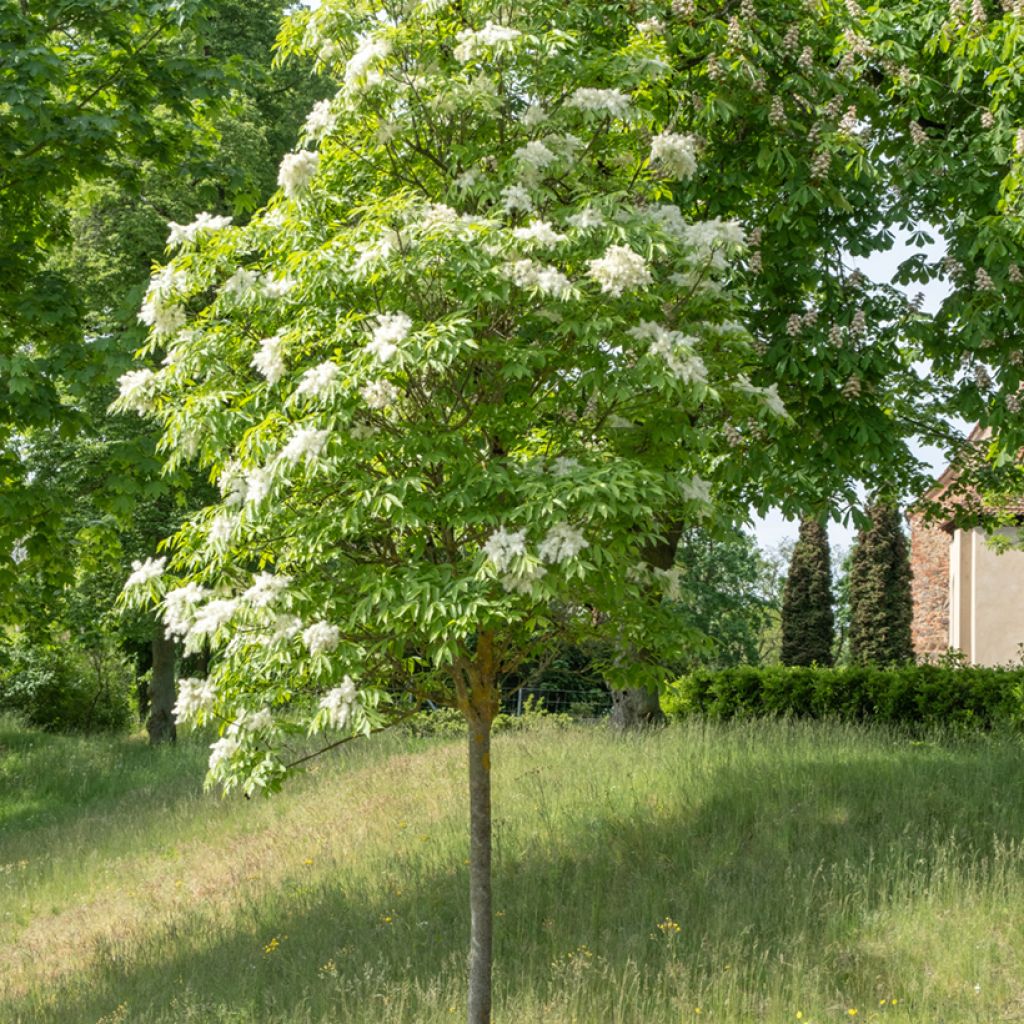

Manna ash seeds - Fraxinus ornus
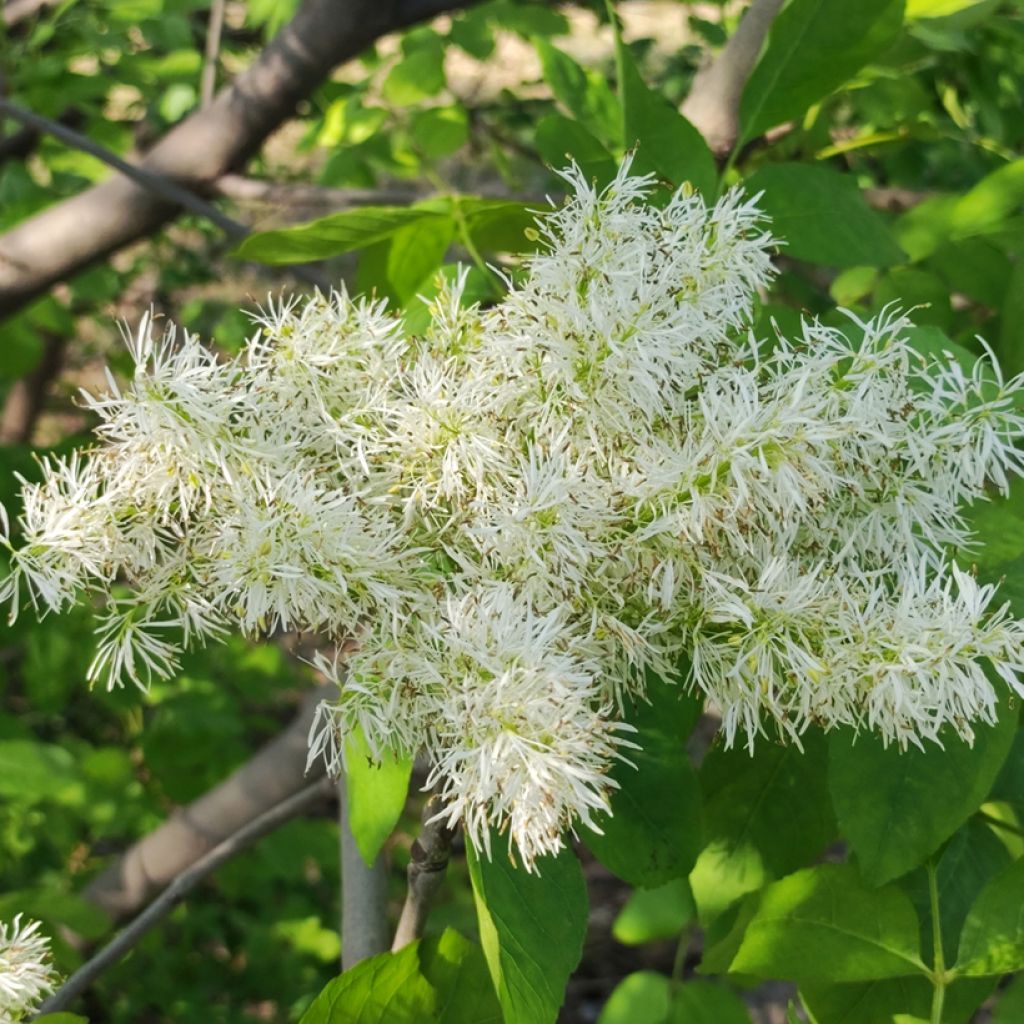

Manna ash seeds - Fraxinus ornus
Manna ash seeds - Fraxinus ornus
Fraxinus ornus
Manna Ash, Flowering Ash, South European Flowering Ash
Special offer!
Receive a €20 voucher for any order over €90 (excluding delivery costs, credit notes, and plastic-free options)!
1- Add your favorite plants to your cart.
2- Once you have reached €90, confirm your order (you can even choose the delivery date!).
3- As soon as your order is shipped, you will receive an email containing your voucher code, valid for 3 months (90 days).
Your voucher is unique and can only be used once, for any order with a minimum value of €20, excluding delivery costs.
Can be combined with other current offers, non-divisible and non-refundable.
Home or relay delivery (depending on size and destination)
Schedule delivery date,
and select date in basket
This plant carries a 6 months recovery warranty
More information
We guarantee the quality of our plants for a full growing cycle, and will replace at our expense any plant that fails to recover under normal climatic and planting conditions.
Would this plant suit my garden?
Set up your Plantfit profile →
Description
Manna Ash (Fraxinus ornus), also known as the Flowering Ash or South European Flowering Ash, is a deciduous tree native to southern Europe and western Asia, naturally thriving in dry, calcareous areas, particularly in the Mediterranean regions of France. It has captivating, abundant spring flowering, featuring creamy-white, fragrant, and nectar-rich blooms that appear alongside its foliage. The tree produces elongated samaras containing seeds that can be sown. These will germinate after a cold period that breaks their dormancy.
Manna Ash belongs to the Oleaceae family. Native to southern Europe and western Asia, it has acclimatised in certain Mediterranean areas of France, notably in Corsica and the Alpes-Maritimes. Its habit is typically rounded, with one or multiple trunks covered in smooth, grey bark, supporting an ovate to globular, fairly open crown. Its rapid growth allows it to reach approximately 7 m in height with a spread of 3.5 to 4 m, depending on growing conditions. Its deciduous foliage consists of 20 to 30 cm long compound leaves with 5 to 9 dark green, slightly glossy leaflets, featuring delicately toothed and wavy edges. In May, as the leaves emerge, the tree is adorned with a generous flowering in the form of erect, dense, and fragrant panicles, measuring between 10 and 20 cm. Each flower, 5 to 6 mm in diameter, has four petals. After pollination, the tree produces elongated samares of 2 to 4.5 cm, which contain its seeds.
The pollen of the Manna Ash can be allergenic for some individuals. Additionally, its roots may damage nearby foundations and ducts, so it is advisable to plant it at an appropriate distance from structures.
Its nickname, the "Manna Ash", comes from the sweet sap it secretes when its bark is incised. Known as "manna of the apothecaries," this substance is still used in herbal medicine for its purgative and diuretic effects.
The hardy and undemanding Manna Ash thrives in ordinary soil, including dry and calcareous types, provided it is well-drained. In its natural form, its elegant habit and beautiful spring flowering give it genuine ornamental qualities. This small tree will find its place in a grove, a large shrubby hedge, or as a standalone feature in a medium to large garden. As it tolerates pruning perfectly, regrowing from its stump, it is entirely possible to limit its development in a hedge. It pairs well with strawberry trees, Russian olives, or laurustinus—low-maintenance shrubs that are beneficial for garden wildlife.
Report an error about the product description
Manna ash seeds - Fraxinus ornus in pictures




Flowering
Foliage
Plant habit
Safety measures
Botanical data
Fraxinus
ornus
Oleaceae
Manna Ash, Flowering Ash, South European Flowering Ash
Southern Europe, Mediterranean
atteinterespiratoire
Cette plante peut entraîner des symptômes allergiques.
Evitez de la planter si vous ou vos proches souffrez de rhinite saisonnière ("rhume des foins").
Davantage d'informations sur https://plantes-risque.info
Other Fraxinus - Ash tree
View all →Planting and care
Sowing Manna Ash (Fraxinus ornus):
The seeds must first undergo cold stratification. Place the seeds in a moist substrate in the refrigerator at a temperature between 3 and 5°C for 2 to 3 months. This cold period simulates the winter conditions needed to break the seed's dormancy. After stratification, sow the seeds in spring in a light mix, maintaining a temperature between 18 and 22°C and ensuring the substrate remains moist. They typically germinate within 2 to 4 weeks.
Once the young plants are sufficiently developed to handle, transplant them individually into larger pots. Allow them to strengthen in a sheltered environment during their first winter. The following spring, once all risk of frost has passed, transplant them into their final position in open ground.
Cultivation: Manna Ash prefers sunny positions and adapts to a wide variety of soils, though it particularly thrives in well-drained, chalky soils. This tree is drought-tolerant once well-established and resistant to urban conditions, including air pollution.
Carry out formative pruning to remove dead or diseased wood and to thin out overcrowded branches, promoting a balanced structure. This pruning should be done before the growing season resumes, ideally between February and April.
The pollen of the Manna Ash can be allergenic for some individuals. Additionally, its roots may cause damage to nearby foundations and ducts, so it is advisable to plant it at a suitable distance from buildings.
Sowing period
Intended location
Planting & care advice
This item has not been reviewed yet - be the first to leave a review about it.
Similar products
Haven't found what you were looking for?
Hardiness is the lowest winter temperature a plant can endure without suffering serious damage or even dying. However, hardiness is affected by location (a sheltered area, such as a patio), protection (winter cover) and soil type (hardiness is improved by well-drained soil).

Photo Sharing Terms & Conditions
In order to encourage gardeners to interact and share their experiences, Promesse de fleurs offers various media enabling content to be uploaded onto its Site - in particular via the ‘Photo sharing’ module.
The User agrees to refrain from:
- Posting any content that is illegal, prejudicial, insulting, racist, inciteful to hatred, revisionist, contrary to public decency, that infringes on privacy or on the privacy rights of third parties, in particular the publicity rights of persons and goods, intellectual property rights, or the right to privacy.
- Submitting content on behalf of a third party;
- Impersonate the identity of a third party and/or publish any personal information about a third party;
In general, the User undertakes to refrain from any unethical behaviour.
All Content (in particular text, comments, files, images, photos, videos, creative works, etc.), which may be subject to property or intellectual property rights, image or other private rights, shall remain the property of the User, subject to the limited rights granted by the terms of the licence granted by Promesse de fleurs as stated below. Users are at liberty to publish or not to publish such Content on the Site, notably via the ‘Photo Sharing’ facility, and accept that this Content shall be made public and freely accessible, notably on the Internet.
Users further acknowledge, undertake to have ,and guarantee that they hold all necessary rights and permissions to publish such material on the Site, in particular with regard to the legislation in force pertaining to any privacy, property, intellectual property, image, or contractual rights, or rights of any other nature. By publishing such Content on the Site, Users acknowledge accepting full liability as publishers of the Content within the meaning of the law, and grant Promesse de fleurs, free of charge, an inclusive, worldwide licence for the said Content for the entire duration of its publication, including all reproduction, representation, up/downloading, displaying, performing, transmission, and storage rights.
Users also grant permission for their name to be linked to the Content and accept that this link may not always be made available.
By engaging in posting material, Users consent to their Content becoming automatically accessible on the Internet, in particular on other sites and/or blogs and/or web pages of the Promesse de fleurs site, including in particular social pages and the Promesse de fleurs catalogue.
Users may secure the removal of entrusted content free of charge by issuing a simple request via our contact form.
The flowering period indicated on our website applies to countries and regions located in USDA zone 8 (France, the United Kingdom, Ireland, the Netherlands, etc.)
It will vary according to where you live:
- In zones 9 to 10 (Italy, Spain, Greece, etc.), flowering will occur about 2 to 4 weeks earlier.
- In zones 6 to 7 (Germany, Poland, Slovenia, and lower mountainous regions), flowering will be delayed by 2 to 3 weeks.
- In zone 5 (Central Europe, Scandinavia), blooming will be delayed by 3 to 5 weeks.
In temperate climates, pruning of spring-flowering shrubs (forsythia, spireas, etc.) should be done just after flowering.
Pruning of summer-flowering shrubs (Indian Lilac, Perovskia, etc.) can be done in winter or spring.
In cold regions as well as with frost-sensitive plants, avoid pruning too early when severe frosts may still occur.
The planting period indicated on our website applies to countries and regions located in USDA zone 8 (France, United Kingdom, Ireland, Netherlands).
It will vary according to where you live:
- In Mediterranean zones (Marseille, Madrid, Milan, etc.), autumn and winter are the best planting periods.
- In continental zones (Strasbourg, Munich, Vienna, etc.), delay planting by 2 to 3 weeks in spring and bring it forward by 2 to 4 weeks in autumn.
- In mountainous regions (the Alps, Pyrenees, Carpathians, etc.), it is best to plant in late spring (May-June) or late summer (August-September).
The harvesting period indicated on our website applies to countries and regions in USDA zone 8 (France, England, Ireland, the Netherlands).
In colder areas (Scandinavia, Poland, Austria...) fruit and vegetable harvests are likely to be delayed by 3-4 weeks.
In warmer areas (Italy, Spain, Greece, etc.), harvesting will probably take place earlier, depending on weather conditions.
The sowing periods indicated on our website apply to countries and regions within USDA Zone 8 (France, UK, Ireland, Netherlands).
In colder areas (Scandinavia, Poland, Austria...), delay any outdoor sowing by 3-4 weeks, or sow under glass.
In warmer climes (Italy, Spain, Greece, etc.), bring outdoor sowing forward by a few weeks.


































